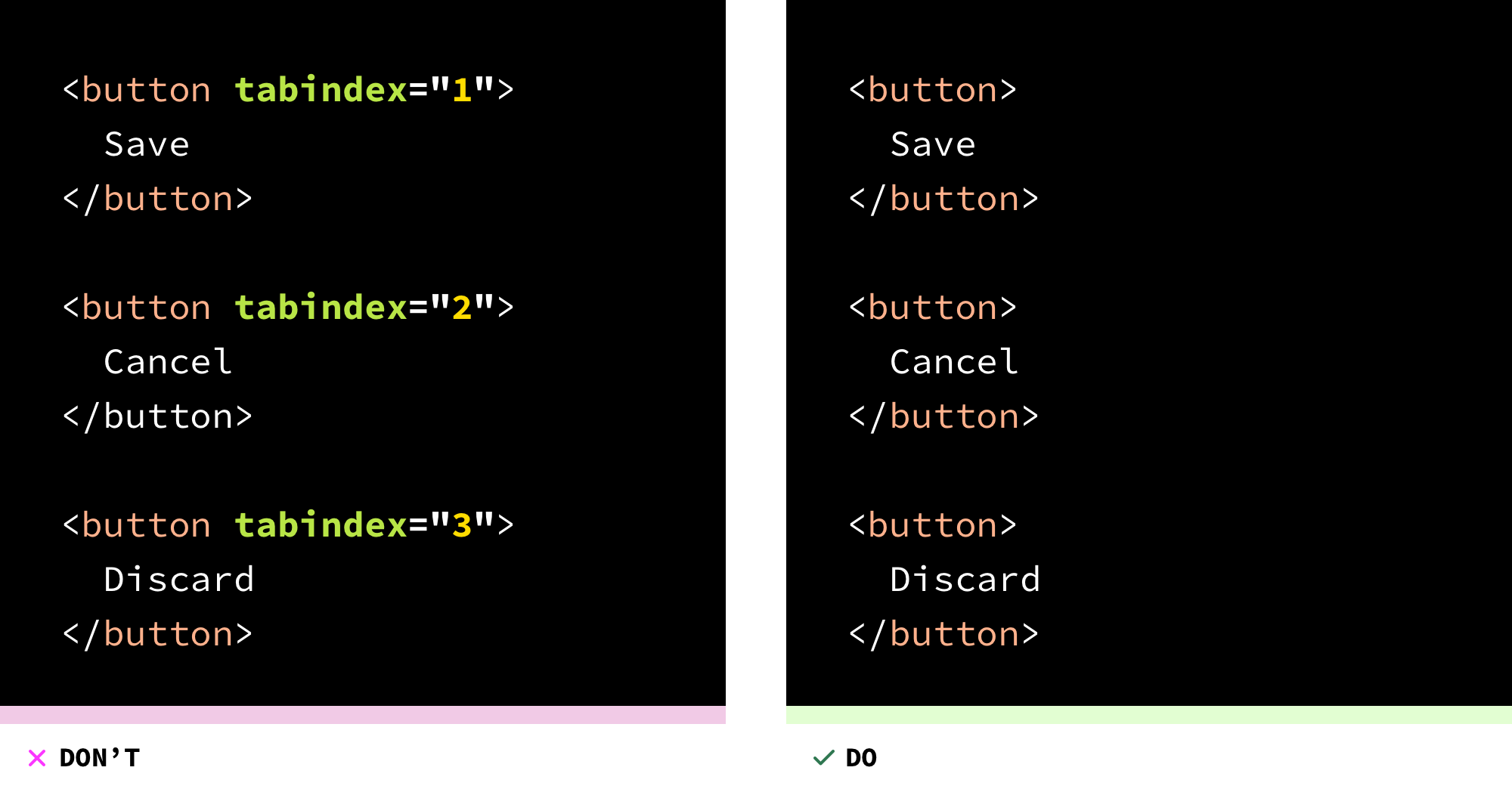Daily incarcerations TVRJ represent a critical area of study, offering insights into the complexities of the criminal justice system within a specific region. Understanding the trends and factors influencing these daily figures is crucial for informed policymaking and resource allocation. This analysis delves into the data collection methods, prevalent trends, contributing factors, and the broader societal implications of daily incarceration rates in the TVRJ area, providing a comprehensive overview of this vital issue.
The data examined includes daily incarceration counts, categorized by crime type, alongside socioeconomic indicators and relevant legislative changes. By analyzing this data, we aim to uncover patterns, identify contributing factors, and ultimately, inform strategies for reducing incarceration rates and mitigating their negative consequences on individuals, families, and communities. The geographical location implied by “TVRJ” will be further explored to understand the specific context influencing the observed trends.
Daily Incarcerations TVRJ: An Analysis
Source: tubitv.com
This article examines daily incarceration data within the region designated as “TVRJ,” analyzing trends, influencing factors, and broader implications. While the specific geographical location of TVRJ requires further clarification, the analysis will proceed under the assumption it represents a defined jurisdiction with accessible incarceration records. The focus will be on understanding the data collection processes, identifying patterns, and exploring the societal and economic consequences of incarceration rates within this area.
Understanding “Daily Incarcerations TVRJ”
The term “daily incarcerations TVRJ” refers to the number of individuals newly admitted to correctional facilities within the TVRJ region on a daily basis. The “TVRJ” designation likely represents a geographical area, possibly an acronym for a state, province, or city. Without further context, the precise location remains uncertain. Daily incarceration reports typically include the number of new inmates, their demographic information (age, gender, race), the alleged crimes committed, and the type of facility they are housed in.
Check what professionals state about court of justice fresh mist and its benefits for the industry.
Data sources might include official records from correctional facilities, law enforcement agencies, and judicial systems.
Data Collection and Reporting Methods
Daily incarceration data is typically collected through a combination of manual and automated systems. Correctional facilities maintain detailed logs of admissions, while law enforcement agencies record arrest information. These data points are then often compiled into databases for analysis and reporting. Reporting formats vary, ranging from simple daily counts to more comprehensive reports that include demographic and crime-related details.
Challenges in accurate data collection include data entry errors, inconsistencies in reporting standards across agencies, and potential delays in data transmission. A hypothetical data collection system could leverage a centralized, secure database with real-time data entry capabilities, ensuring data consistency and accuracy across all contributing agencies. This system would also incorporate robust quality control measures and data validation protocols.
Trends and Patterns in Daily Incarcerations TVRJ
Potential trends in daily incarceration numbers could reveal seasonal variations, spikes related to specific events (e.g., holidays, major law enforcement operations), or long-term increases or decreases reflecting broader societal changes. Fluctuations could be explained by factors such as changes in law enforcement strategies, shifts in crime rates, and variations in judicial sentencing practices.
| Date | Number of Incarcerations | Contextual Information |
|---|---|---|
| 2024-01-15 | 120 | Increased weekend arrests |
| 2024-01-22 | 85 | Lower than average |
| 2024-01-29 | 150 | Significant increase, possible linked to a major drug bust |
| 2024-02-05 | 92 | Return to average |
A line graph visually representing the data would show fluctuations over time, highlighting periods of high and low incarceration rates, enabling easier identification of trends and potential outliers. The x-axis would represent time (dates), and the y-axis would represent the number of daily incarcerations.
Factors Influencing Daily Incarcerations TVRJ
Socioeconomic factors, such as poverty, unemployment, and lack of educational opportunities, are often correlated with higher crime rates and, consequently, higher incarceration rates. Law enforcement policies, such as stricter enforcement of certain crimes or increased police presence in specific areas, can significantly impact daily incarceration numbers. Different crime types have varying levels of severity and associated sentencing guidelines, leading to different incarceration durations.
Judicial processes, including bail decisions, plea bargains, and sentencing practices, also influence daily incarceration trends.
Implications and Consequences of Daily Incarcerations TVRJ
High daily incarceration rates can strain public resources, increase societal costs associated with corrections, and contribute to social instability. Incarceration can have devastating consequences for individuals and their families, including financial hardship, social stigma, and disrupted family relationships. Strategies to reduce daily incarceration numbers include addressing the root causes of crime through social programs, implementing alternative sentencing options, and promoting rehabilitation programs.
Varying daily incarceration rates have significant economic implications, impacting budgets for corrections, law enforcement, and social services.
Comparative Analysis, Daily incarcerations tvrj
Comparing daily incarceration rates in TVRJ to similar regions requires data from those regions. Identifying significant differences would necessitate analyzing various factors including demographics, socioeconomic conditions, crime rates, and legal systems. Such a comparison would reveal whether TVRJ’s incarceration rates are higher or lower than similar areas, and potential reasons for these disparities.
| Region | Daily Incarceration Rate | Crime Rate per 100,000 | Population |
|---|---|---|---|
| TVRJ | 100 | 500 | 1,000,000 |
| Region A | 80 | 400 | 1,200,000 |
| Region B | 120 | 600 | 800,000 |
- Region B has a significantly higher daily incarceration rate than TVRJ and Region A, possibly due to stricter law enforcement or higher crime rates.
- TVRJ’s rate is higher than Region A, despite a lower crime rate, suggesting differences in sentencing or other factors influence incarceration rates.
Last Point: Daily Incarcerations Tvrj

Source: a11yproject.com
The analysis of daily incarcerations TVRJ reveals a complex interplay of socioeconomic factors, law enforcement practices, and judicial processes. While fluctuations in daily incarceration rates are influenced by various crime types and policy changes, a comprehensive approach addressing underlying societal issues is crucial for effective long-term solutions. Further research, focusing on targeted interventions and comparative analyses with similar regions, will be essential to refine strategies and optimize resource allocation for a more just and equitable criminal justice system.


